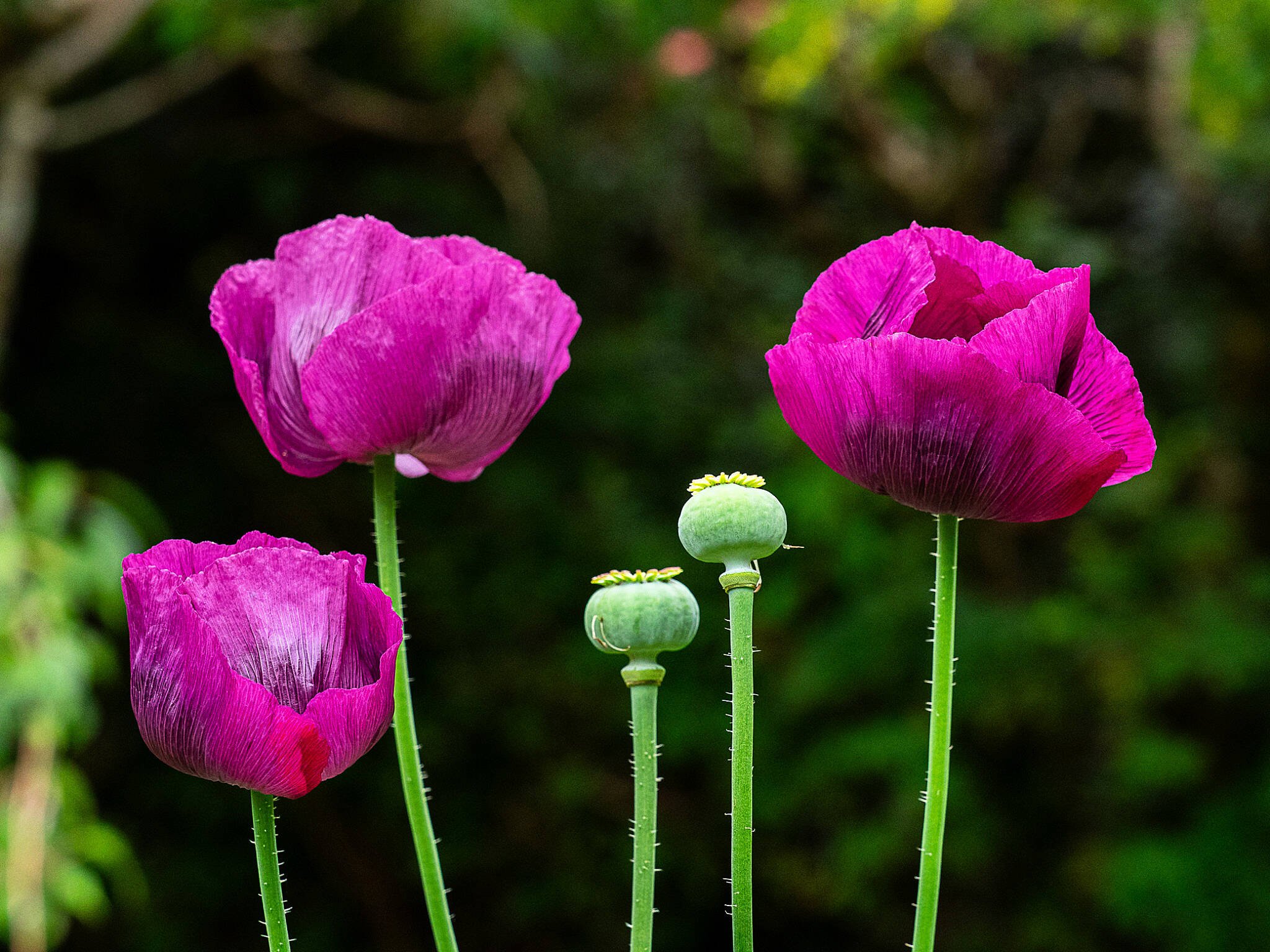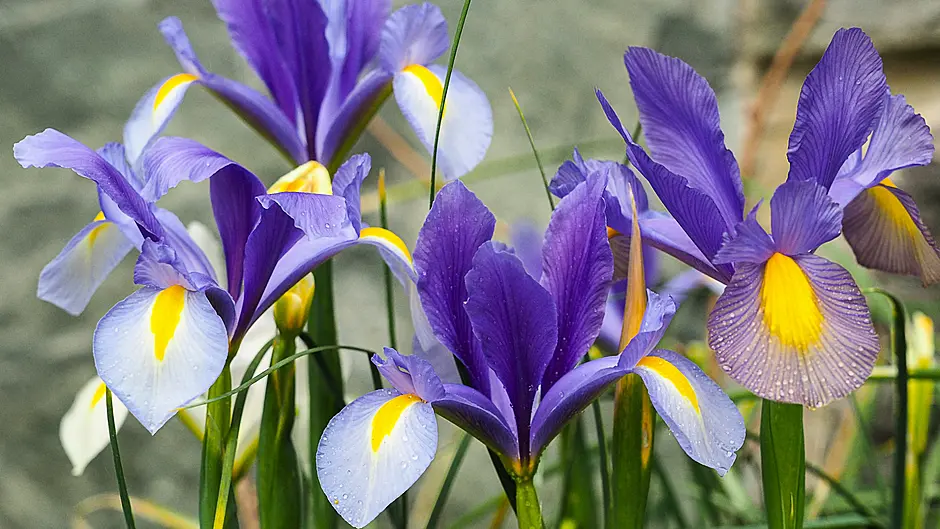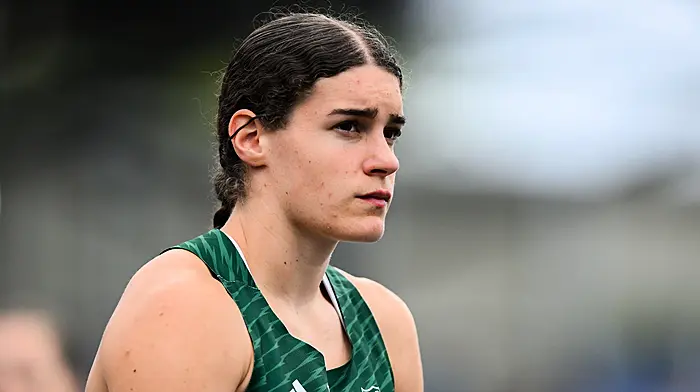
A lot of your summer planting and sowing should be done at this point and June should be an easier month.
There’s always mowing and weeding to do and these rise to a maximum over the next couple of months.
But if hot dry weather persists through the summer, then grass growth is slower and at least you can use a hoe.
It’s always a question of looking at the blessings that each season brings and enjoying any abundance that your garden offers.
Early rewards
The May heatwave has brought many things into flower.
This might be a bit earlier than usual and it might mean that plants, which usually give a longer spread of flowering, have their display condensed into a shorter time.
Early abundant flowering can be in response to stress – a lot of heat and too little water can cause plants to try to make viable seeds sooner than they usually would.
Provided you don’t let stress kill the plant, a small bit can mean that you get earlier crops in your vegetable plot, but don’t allow growth to be stunted or leaves to discolour before you get out your watering can.
Tomatoes are already setting and swelling fruits.
There are courgettes growing too, along with mange tout peas and broad beans, and fruit is plumping up on currants and berries.
Strawberries are producing gorgeous juicy treats and salad is bountiful from young leafy plants.
It’s important to keep soil damp around any plant if you can. And to keep up regular watering and feeding as fruits start to swell. With a bit of careful management you can get some great early crops from plants and some, like courgettes and tomatoes, should crop well for months.
Onions and Garlic
These plants are shallow rooting and they like plenty of water.
Bulbs are swelling nicely on autumn planted varieties and they should swell further over the next few weeks.
Watch out for bolting shoots rising up at the centre of plants.
Nip out the bud tips as soon as you spot them.
Bolting affects garlic less than onions – garlic may end up with a hard central stem, but the cloves surrounding it will still be good to use.
Bolting onions form a hard central core, but the layers surrounding this can still be good to eat if you use bolted plants before the ones that haven’t bolted.
 Enjoy the fleeting beauty of poppy flowers.
Enjoy the fleeting beauty of poppy flowers.
Harvesting tips
Try to harvest any crop while it is at its best. This means picking peas and broad beans while they are sweet and tender.
You may need to pick every day if plants are cropping well.
My rhubarb has suffered from a lack of water and I’m leaving stems unpicked for a while.
For those that remembered to keep plants watered, you should be rewarded with plenty of juicy stalks now.
Don’t strip any plant and always leave some stems to grow and feed the crown of the plant.
Pick first courgettes while they are tiny and dense.
There will be plenty of monsters to follow so enjoy the early experience. Remember the flowers can be eaten too.
Fruit trees
The abundant blossom has set into lots of tiny fruitlets.
Don’t get over excited yet, because lots of these will fall from the trees in what is known as the ‘June drop’.
This is a natural thinning so the tree doesn’t try to bear too many fruits.
If not enough of them fall, you can do some hand thinning of smaller, imperfect fruitlets, so the remaining fruits in a cluster can grow big enough.
Fruit trees have established root systems that allow them to survive dry weather pretty well.
It does help if you can provide a bit of water if there is a drought.
 Early courgettes are a delicious treat.
Early courgettes are a delicious treat.
Sowing and planting out
If you didn’t plant them in May, then try to get sweetcorn and pumpkin plants into the ground in early June.
If you leave this much later, the plants won’t have time to grow big enough to grow good crops.
The aim is to eat sweetcorn in August or early September. Pumpkins start to ripen from late August through to October, depending on variety.
Keep sowing lettuce and salad leaves. These don’t stand for long in summer heat and you need to have a new supply coming along behind.
Broccoli, kales, cabbages and cauliflowers should all go into their final planting position as soon as they are big enough.
They need to get some growing done in order to feed us through autumn and winter months.
If root fly is a problem, use plastic or felt collars to cover soil for 10cm around the stems of plants. This prevents the flies from laying eggs where grubs can eat the roots.
Weight the collars down with stones so they don’t blow away.







